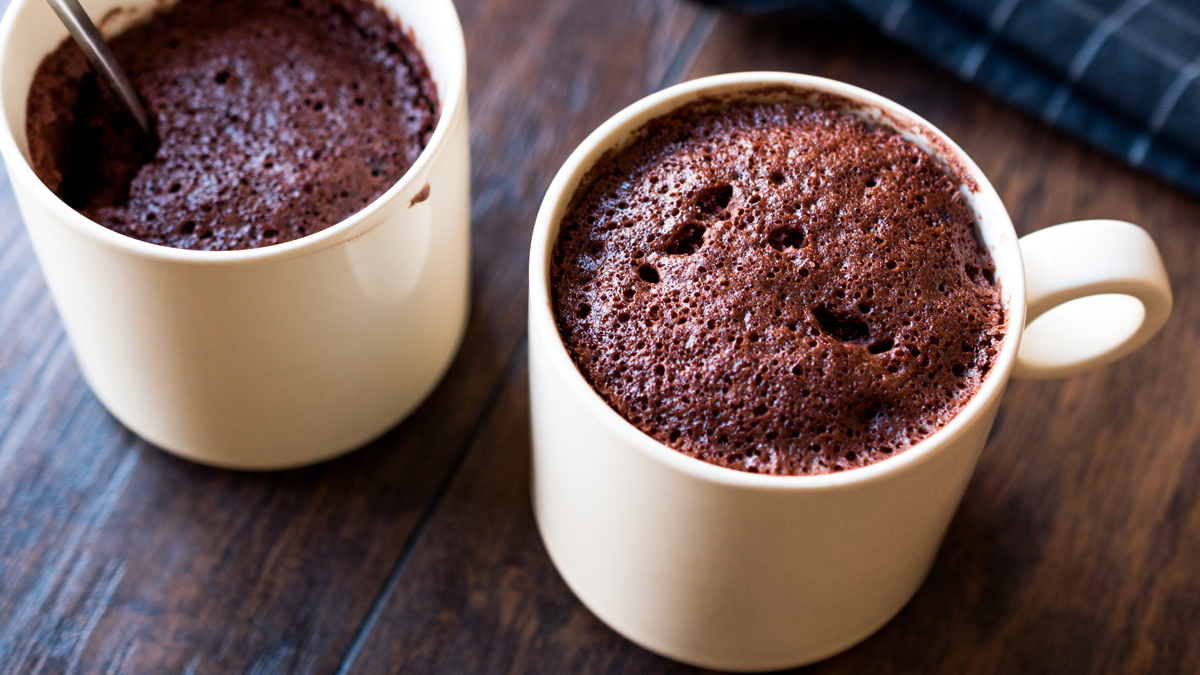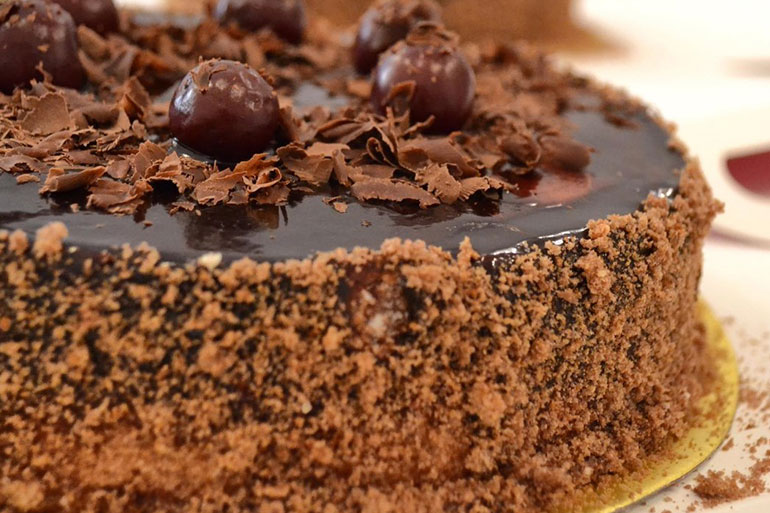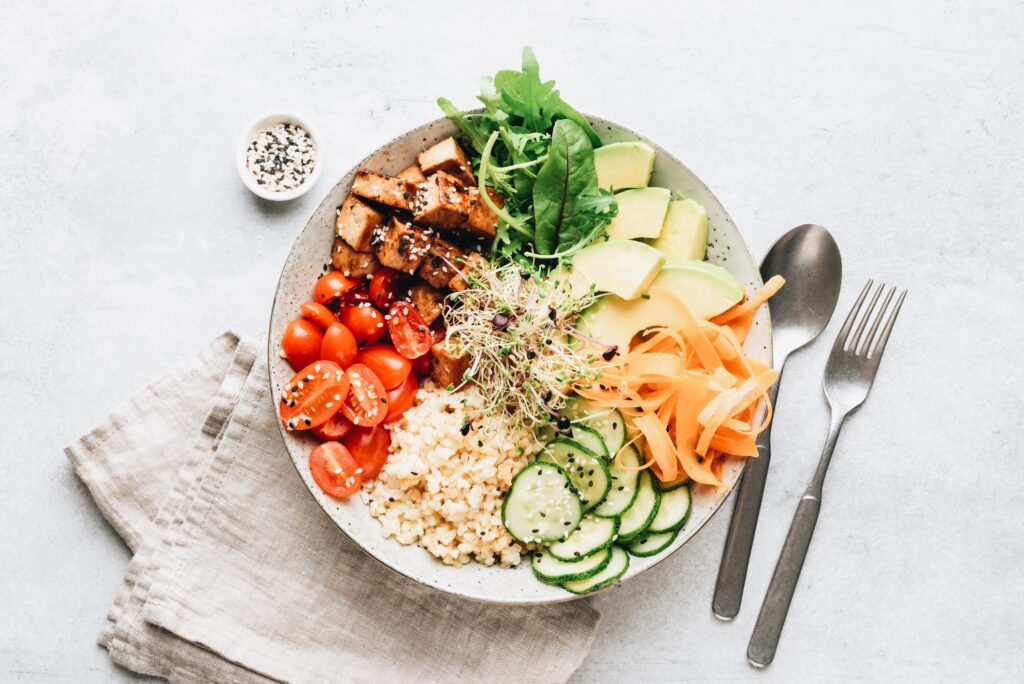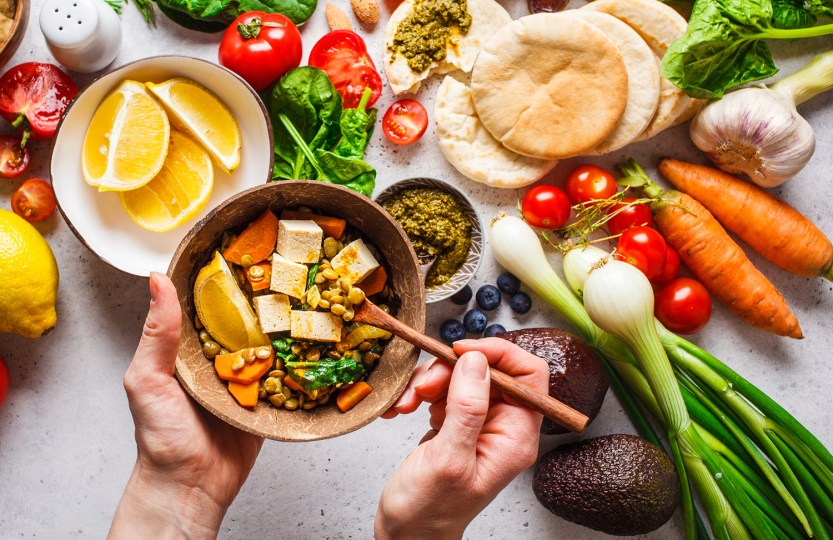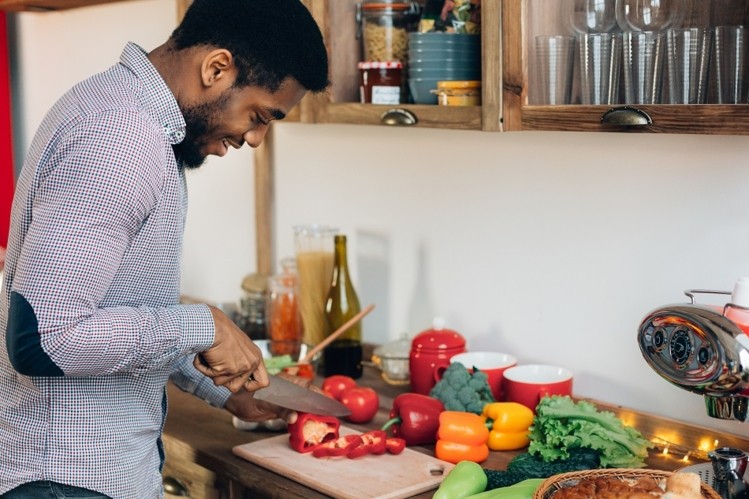
Cooking, like most other aspects of life, can be divided into several different types or styles. The cuisine is generally a specific style of cooking typically associated with a certain region or cultural area and normally characterized by a number of distinctive ingredients, methods and dishes. Regional variations in cooking styles can often be traced back to more ancient times when food was much more seasonal and relied on local produce and animal sources.
Cooking skills were more directed towards family consumption and survival in the community and so cooking techniques were more adapted for preparing basic foodstuffs:
- A main article of most modern cooking styles is the stovetop cooker. These appliances are extremely popular now and come in all shapes and sizes. The shape of the appliance usually depends on its intended use; the most common shapes include the casserole, the wok and the frying pan.
- A main article of any good cooker should be able to produce a thoroughly cooked meal that has a pleasant taste and is not overcooked or undercooked. A main article of any good cooker should ideally be able to produce a thoroughly cooked meal that has a pleasant taste and is not overcooked or undercooked.
Baking Food
Baking is an art in which food is prepared by placing it under heat from a hot oven or stove and turning it over to cook it. In the oven or stovetop, food preparation techniques are more flexible than they would be in a more conventional cooking environment. Mixing ingredients and boiling the food in different liquids is very common and can produce interesting and delicious results depending on the cooking techniques employed.
Historically, the only way to eat raw vegetables: was to pick them and cook them. Raw vegetables, though high in nutritional value and full of essential vitamins and minerals, provided little in the way of nutrition in the form of vitamins and minerals other than those already present in the fruit. As food preparation techniques have developed over the centuries, however, people have discovered that cooking vegetables minimizes both the bitterness and the toxic components of the bitter chemicals called phytochemicals. In particular, cooked vegetables lose most of the valuable minerals (especially calcium and magnesium) contained in their raw counterparts. It is these phytochemicals that have been found to be important in supporting a healthy immune system and maintaining a healthy well-being.
Raw vegetable dishes are light, fresh and delicious; but cooked vegetables are heavy, dry and often contain tasteless filler such as butter, salt, sugar or cream. In some ways, cooking is actually better for you than eating raw food. The best part of cooking is getting rid of many of the thousands of harmful toxins that are inevitably present in any cooked food. Unfortunately, modern cooking techniques do not completely eliminate these toxins. Instead of removing them, cooking makes them heavier and less healthy so that they must be added back into the diet via supplements or other foods.
A good example of this is the fact: that fats are often removed from most main article meals. In cooking, these fats are used as a main ingredient. Although the fat content of a given food may vary according to its quality, it should be noted that removing the fat entirely from food is not possible and would result in foods becoming under-cooked or burned in microwave ovens. As a result, the food would lose valuable vitamins and minerals, which are not ideal for our body. Fats are actually necessary for our health because they help to keep our bodies warm, especially when consumed in small portions.
In this main article, we have discussed only three of the main and important factors regarding cooking and health.

 Espresso Powders For Baking In 2022
Espresso Powders For Baking In 2022  How Big Is A Quarter Sheet Cake
How Big Is A Quarter Sheet Cake  How To Make Mini Brownie Bites?
How To Make Mini Brownie Bites?  How To Make Easy Brioche Bread?
How To Make Easy Brioche Bread?  1 Minute Oreo Mug Cake
1 Minute Oreo Mug Cake  Healthier White Sugar Substitutes You Can Use For Your Cooking And Baking Recipes
Healthier White Sugar Substitutes You Can Use For Your Cooking And Baking Recipes  Cupcake Size Chart : How Does It Works
Cupcake Size Chart : How Does It Works  1 Minute Chocolate Chip Mug Cookie (No Egg!)
1 Minute Chocolate Chip Mug Cookie (No Egg!)  The Ultimate Chocolate Mud Cake
The Ultimate Chocolate Mud Cake  Basic Vanilla Cup Cake Recipe
Basic Vanilla Cup Cake Recipe  Applesauce Substitute List You Need To Start Baking
Applesauce Substitute List You Need To Start Baking  Ridiculously Funny Baking Captions For Instagram
Ridiculously Funny Baking Captions For Instagram  How Are Kitchen Surfaces That Touch Food Made Hygienic?
How Are Kitchen Surfaces That Touch Food Made Hygienic?  The Good, the Bad and the Downright Ugly of Gordan Ramsay’s Food Venture
The Good, the Bad and the Downright Ugly of Gordan Ramsay’s Food Venture  The Future of the Corn and Soybean Storing And Marketing Service (CFS) Are Positive
The Future of the Corn and Soybean Storing And Marketing Service (CFS) Are Positive  The Most Controversial Dog Food in the I And You Dog Food
The Most Controversial Dog Food in the I And You Dog Food  What is Modified Food Starchy?
What is Modified Food Starchy?  Food And Drink 2 Words – Can You Really Get Luck From The Wheel Of Fortune?
Food And Drink 2 Words – Can You Really Get Luck From The Wheel Of Fortune?  How Do Earthworms Go About Creating Food?
How Do Earthworms Go About Creating Food?  Difference Between Food Web and Food Chain
Difference Between Food Web and Food Chain  Foods That Start With the Letter G – Which Is What Makes These Dishes So Good?
Foods That Start With the Letter G – Which Is What Makes These Dishes So Good?  Why Will My Dog Won’t Eat His Food But Will Eat Treats?
Why Will My Dog Won’t Eat His Food But Will Eat Treats?  Review of Shokugeki No Soma Episode 21 – “Shokugeki No Soma” Finale
Review of Shokugeki No Soma Episode 21 – “Shokugeki No Soma” Finale  What is the Best Way to Restrict the Development of Bacteria in Food?
What is the Best Way to Restrict the Development of Bacteria in Food?  My Time at Portia Dogs Food Review
My Time at Portia Dogs Food Review  Iams Large Breed Puppy Food – Feed Your Dog Healthy, Fun, and Nutritious Food
Iams Large Breed Puppy Food – Feed Your Dog Healthy, Fun, and Nutritious Food  Feed Your Senior Dog – Chicken And Brown Rice Nutritional Supplement
Feed Your Senior Dog – Chicken And Brown Rice Nutritional Supplement  Tie Dye With Food Coloring
Tie Dye With Food Coloring  Dragon And Phoenix Chinese Food – What Are They?
Dragon And Phoenix Chinese Food – What Are They? 